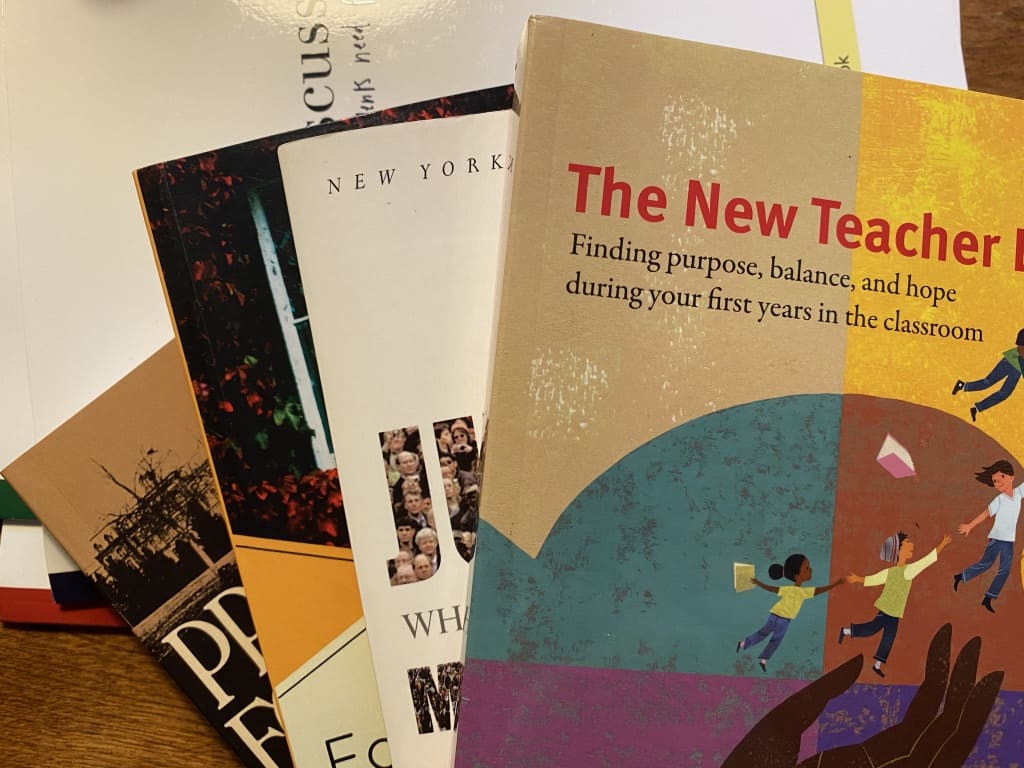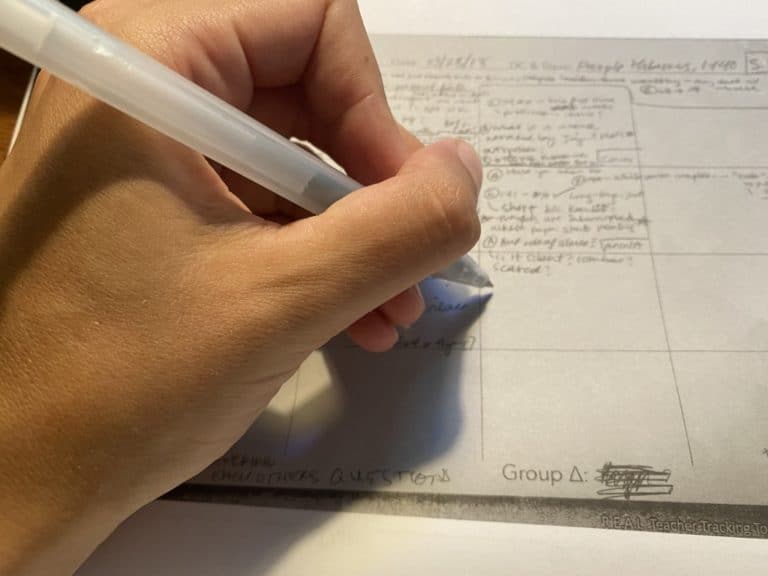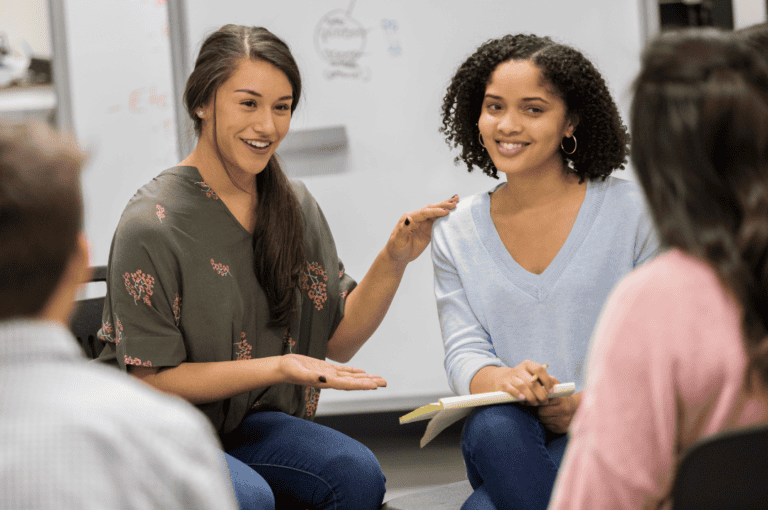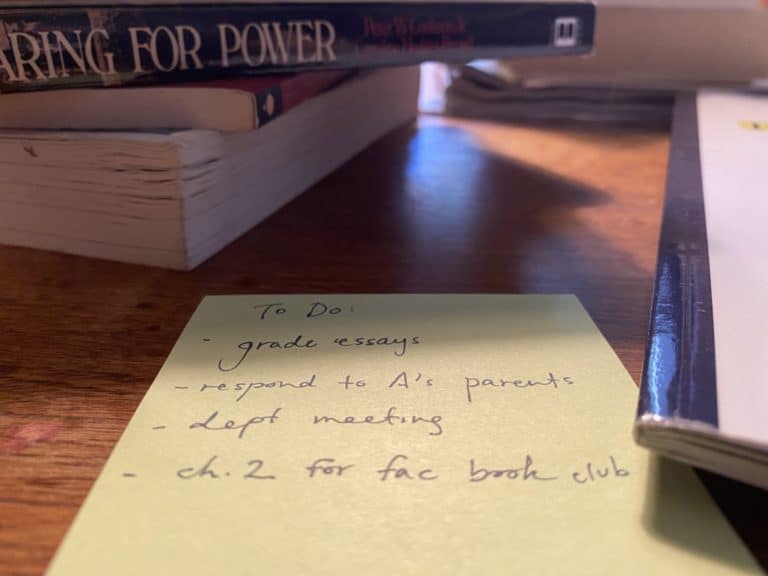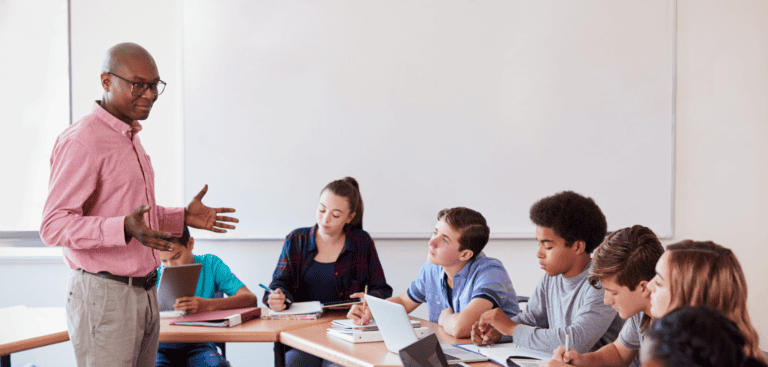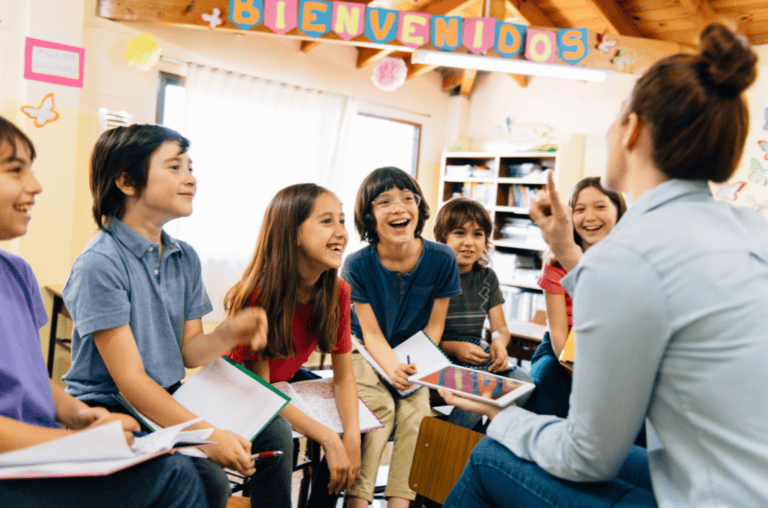Office Hours with Jessica Yarbro
The Office Hours series recruits experts from within the field of education and beyond to share their specific knowledge and perspective on a topic or a series of topics. This week, IRT spoke with Jessica Yarbro, Senior Research Scientist on the Learning Research and Design Team at Pearson.
First, tell us about yourself and your entry into your work now. What were your learning experiences like growing up? How did you come to be interested in learning and learning development as an adult?
I was really fortunate to come from a family that values learning. Several of my family members work in K-12 education. There was always an emphasis on learning and trying your best. But there was also a lot of informal learning, reading, getting books from the library, visiting museums. And I remember having a lot of wonderful teachers. What I remember most is a lot of people being passionate not only about the subject that they teach, but also about helping students to learn.
It was a roundabout pathway to working on learning as an adult. In college, I majored in Psychology because I was interested in understanding how people think. After college, I pursued a PhD whereI was playing around with going into academia, but I realized that that work is very theoretical — what’s the theory of how people think and learn and behave. I realized that I was more interested in the practical applications: how do we use what we know to help people? Education research was that sweet spot. I did some consulting in education when I was in graduate school and saw that passion in me. That’s what I love about my role with Pearson; I get to spend a lot of time learning about learning but also take what we know and work with content developers
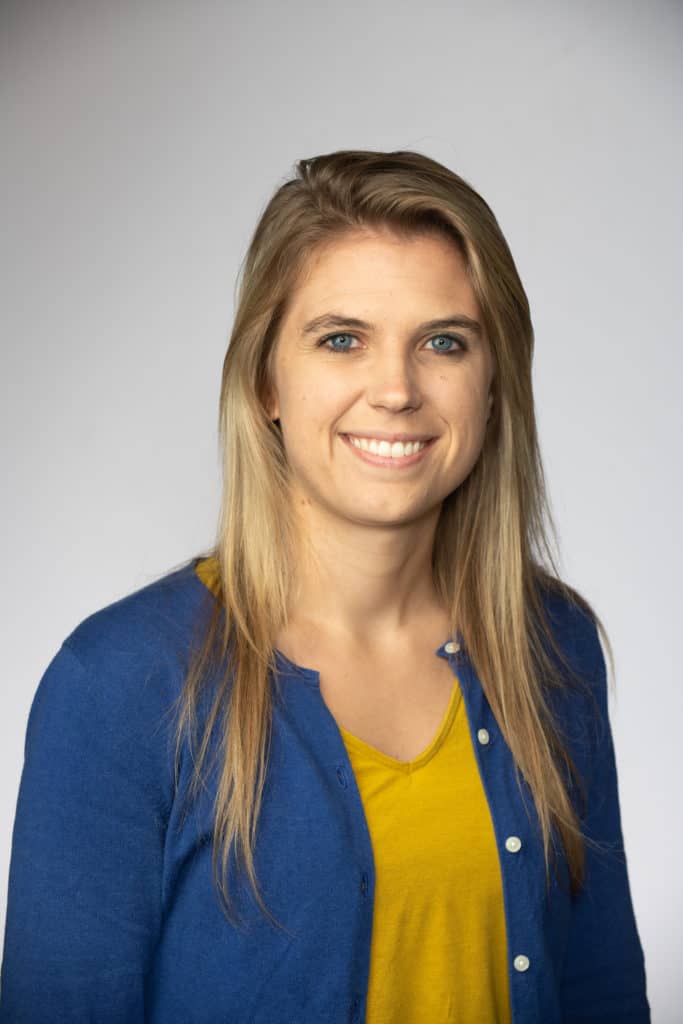
What, to you, are key skills that students need to develop in the classroom — especially skills for dialogue? What approaches are you working on now to help in that skill development?
One of the key skills there is this idea of engaging with your own ideas and the ideas of others, with the goal of reaching consensus. In terms of skills, that’s a critical thinking activity, where you’re having to make sense of info, evaluate it, and synthesize it. But it also taps into a lot of meaningful communication skills. You have to communicate your ideas clearly, but also negotiate ideas with others, which requires you to balance critique and support of others’ ideas.
Broadly, it’s important to provide students the opportunity to practice that in a realistic way. We’re trying to give teachers tools to structure those activities, to identify opportunities to teach content as they practice those skills. And then, identify criteria, things you can look for when students are using those skills. If students are used to group discussions being just “talk,” it’s important to be up front about what, specifically, you’re doing. It’s formative.
What research in or around education and learning is exciting to you right now?
I’m excited to answer this one! It’s research around assessing soft skills in innovative ways that don’t rely on self or informant-report. I like the idea of measuring them more behaviorally. Valerie Shute at FSU does research into “stealth assessment,” where you make inferences about student behavior as tracked through educational games and digital platforms. We can get feedback and learn about patterns in our behavior through our use of digital platforms. It’s hard to pick up on these things on your own, but if you get information about your behaviors reflected back to you, you can find a better study strategy because you can see shortcomings. What are topics I tend to disengage with and need to focus on more? This can give us insight into our weaker points or the way that we learn. It’s a way to teach students to be more intentional about their learning using concrete evidence.
A lot of teachers are spending a lot of their time on Zoom these days. What would be your quick tips for teachers to help their students develop skills for communication and dialogue in online settings?
It’s so tough, because communicating, in some ways, we have a lot of experience with, and then online it’s just a new way to communicate. When we’re online, there are a lot of ways to communicate — large call, text chat, breakout rooms, collaborative documents, and so on. It’s good to be mindful about all of those, and help their students to recognize all of the ways to communicate, but also it’s good to model how to effectively use those settings and how to select which one is best. When’s it best to get to a face-to-face call? When’s it easier to just use a text chat?
Another piece is that when we’re online, communication tools and social cues are harder to pick up on. It can be useful to establish procedures or scripts to help students understand the mechanics of how to communicate in this new setting. That’s something I liked when I talked to Liza about REAL — she calls them routines — and those seem really helpful to generate those rich dialogues and to transfer them online.
You want to have the grounding in rituals that bring the class together, especially if classes are part in-person and part online, but teaching online also isn’t just taking what you did in the classroom and putting it online. I have so much respect for what educators are doing right now.
What’s one prediction that you have for the future of education?
I’d like to make two. One is that some parts of digital and online learning are here to stay. When we have everyone going online, there are certain pieces for certain people that work, where people realize “this is something I want to keep doing.” Learners have more choice in how they learn, and so some learners like online learning better. It’s really an acceleration of these trends that were already happening in education. This situation is accelerating that.
My other prediction is that soft skills will become increasingly important for all educators to focus on. Things like thinking critically, working with others, and regulating your learning are important both in school and workplace. When you talk with people about developing soft skills, there’s definitely this assumption that either everyone already knows the skills or that you give someone the chance to demonstrate them that’ll teach them — but you actually have to be intentional and explicitly teach these skills, with the skills clearly identified.
Thank you so much for joining us, Jessica!
